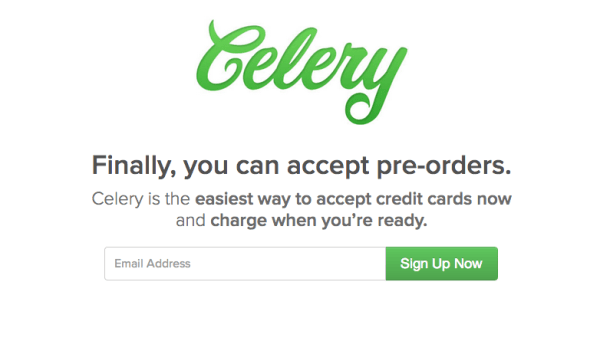
Finding a fit for your product
When I was hip deep in startups, we didn't have phrases like “Product-Market Fit” or “Pivot.” We boiled it down to “surviving” and “failing.” But the words didn't matter. The trick was seeing if what you had created was something customers were willing to pay for. The earlier you could bring them into the dialogue, the better it was.
This is simply because trying to predict what people want, and then trying to predict what they'd pay for, are two totally different kinds of conversations and require different skills. And each one takes work and has its fair share of risks. But when you put them both together…well, let's just say I saw a lot more startups “failing” than I did those who were “surviving.”
Landing Pages
One answer to the challenge that has taken hold – inside and outside of the WordPress community – is the notion of creating landing pages. They are single pages with little to distract and focused on evaluating interest, while also capturing some initial conversion (sign ups).
Later this week I'll be releasing a comparison of landing pages. One of the reasons I like them so much is because in a single page you can test your hypotheses relatively quickly. Are you getting enough traction? Are people signing up? Are they commenting or walking away?
Last week a new option for a different kind of landing page arrived, tweeted by my friends at Stripe. And I don't have to tell you how much I hate paypal and love stripe, right?
Celery helps you take pre-orders and charge when you're ready to ship: https://t.co/fLL583Cwwf
— Stripe (@stripe) February 27, 2013
TryCelery.Com
Celery is a fantastic way to create a single page without writing any code. It asks for specific data (title, sub-title, price, photo, video, description, etc) and uses it to assemble a clean looking page. The best part is that it handles a specific kind of conversion you'll be sure to like: pre-orders.
The Power of Pre-Orders
Pre-Orders tell you that people are interested in your product, at the price you've set. There's no better way, for digital goods especially, to gauge interest than to quickly see if anyone is pulling the trigger. Customers aren't charged until you ship the item, but they're “on the hook” for it. Assuming you're wondering if you have a worthwhile product (at a certain price), spending the 15 minutes configuring Celery seems like a no brainer.
Instant feedback is always good news.
A New Freelancer's Guide to Pricing (at a Discount)
To fully test it, I decided to put a recent project on there. A friend and I have been collaborating for a few weeks on a guide to freelancer pricing – focused on developers and designers. Since we were only days away from a formal launch, I decided to test out Celery on our pre-launch.
The book will sell for $40 but at Celery, I was willing to give a 50% discount so that a) we could test the general level of interest, and b) I could test out Celery. I had no idea if it would work or not, and I didn't want to charge full price for a poor experience.
Well, the good news is in, it works and people are signing up.
Want to check it out in a live scenario? Visit our Project Page.

